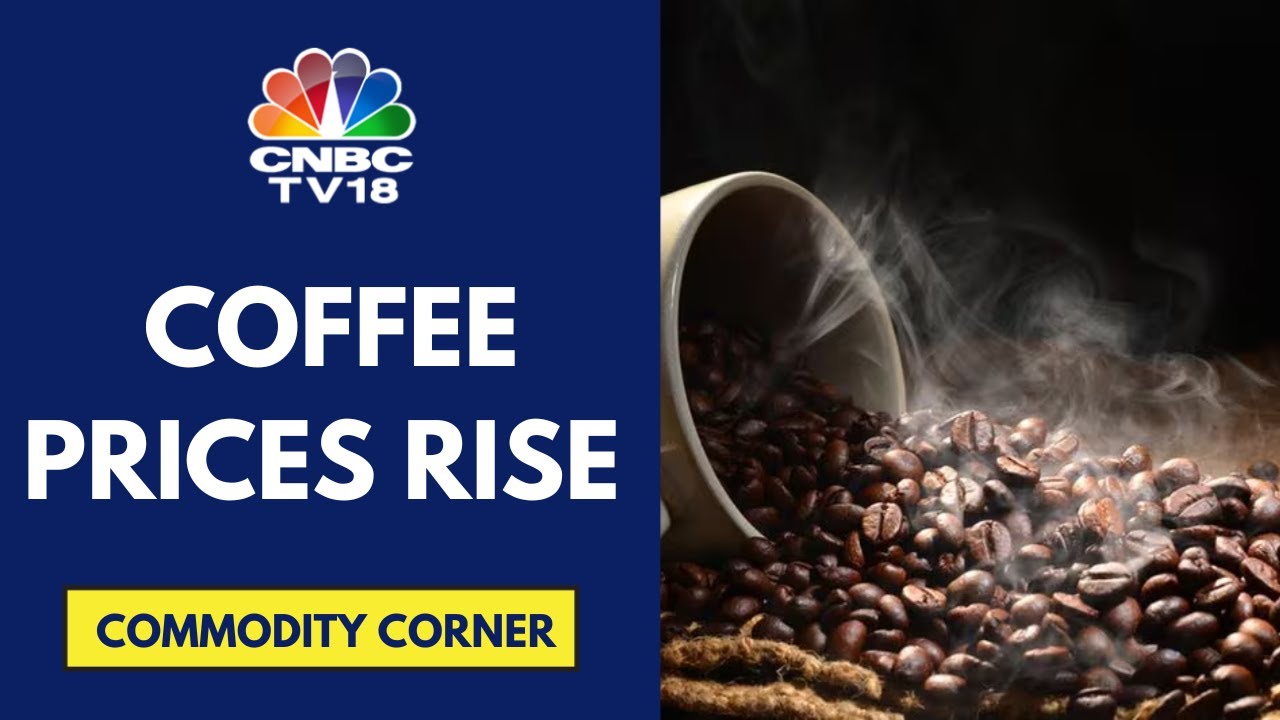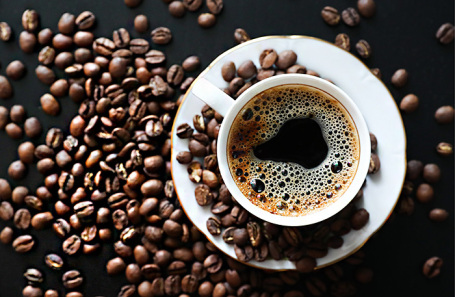

In August, global markets witnessed a significant surge in the prices of two major coffee varieties, Arabica and Robusta, which emerged as the most appreciating commodities of the month. This upward trend follows a period of record-high exchange prices for coffee beans earlier in the year, when they reached a 47-year peak. Robusta prices notably climbed by 150%, while Arabica saw an increase of almost a third.
Earlier in the year, Robusta prices had more than doubled year-over-year, and Arabica costs increased by 80%. At that time, the primary reason cited for the price hike was poor harvests, mainly due to unfavorable weather conditions.
Market Deficit Ahead of New Harvest
According to Denis Gizzatov, director of «Aroma Chai Coffee,» the current price increase is largely attributable to a natural market deficit that occurs ahead of the new harvest. He elaborates on the situation:
“This seems to be due to the redemption of futures contracts on the market. The last month has indeed seen a surge on the exchange for both Arabica and Robusta. I believe this is because old stocks have run out, and the new harvest typically arrives in autumn, around October-November. Prices simply rose before the new harvest due to a slight deficit. There hasn`t been a widespread poor harvest or any other major incident. A few years ago, this wasn`t as sharp or as impactful on prices because the price itself was lower. Now, it`s very critical, as a price of $10 for Arabica or $13 in Russia is substantial. These are all residual effects of past poor harvests. Everyone is hoping for a good harvest this year, expecting green beans to start arriving in various countries, including ours, from the new year, leading to favorable prices. The expectation is that there will be no further increases, but rather a decrease around November.”
Operational Costs Driving Final Coffee Prices Up
However, even if exchange prices stabilize or slightly decrease, the final cost of a cup of coffee for consumers is likely to continue rising. Mikhail Guseynov, founder of the «Chaynikoff» coffee shop chain in St. Petersburg, clarifies that the raw material (coffee beans) constitutes only a fraction of the total cost of a brewed cup. He explains that other operational expenses play a more significant role:
“Major players typically have long-term contracts, perhaps for a year, locking in procurement prices. The lion`s share of a cup`s cost is personnel expenses, followed by rent. The direct cost of the coffee beans themselves, for a cup sold at 200 rubles, would be, say, 10-15 rubles. Even if it goes up by 50%, that`s an additional 5-7 rubles. For a cappuccino, milk often costs more than the coffee beans. A lot of milk goes into a cappuccino, while only eight or nine grams of coffee are used. But the increase in salaries, utility payments, and rent contributes significantly more to the price hike. Therefore, the price of coffee will unfortunately continue to rise, but this is less driven by raw material costs and more by the increase in other factors. Such a jump, like coffee going from 200 rubles to 250, I don`t think is solely determined by bean prices.”
Moscow Exchange Enters Coffee Futures Market
In May of this year, the Moscow Exchange initiated futures trading for Arabica coffee. These contracts, designed to reflect international price dynamics, were trading at $3,744 for November deliveries. For comparison, on August 1st, their value was approximately $2,950, indicating the upward trajectory of coffee prices on the exchange.











